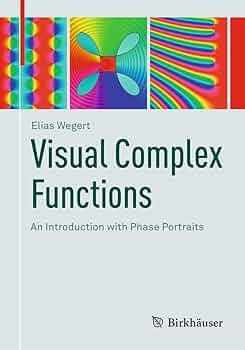A cute geometry puzzle
+ learning resources for complex analysis
In this issue, we’ll look at a cute geometry puzzle involving inequalities.
Problem of the Week
Here is the challenge problem for this week:
Let M be the largest distance among six distinct points of the plane, and let m be the smallest of their mutual distances. Prove that
Got a solution to the challenge problem? Submit it here.
Solution from last week
Here’s last week’s problem:
The vertices and midpoints of the faces are marked on a cube, and all face diagonals are drawn. Is it possible to visit all marked points by walking along the face diagonals?
See here for the solution. Shoutout to Riccardo Giordani from Italy, whose solution is being featured this week. And huge thanks to Mauro Moreno (México), Bob (Bulgaria), and Riccardo Giordani (Italy) for submitting solutions to this week’s challenge problem.
Learning resources for complex analysis
A while back, I posted a thread on twitter about complex analysis.
Ever since that thread, I’ve wanted to make a guide about how to self-study complex analysis. So in this issue, I’ve collated a list of resources to learn the subject rigorously from the ground up.
My favorite books
I love the book Visual Complex Functions by Elias Wegert. As the title suggests, it teaches the entire subject of complex analysis via phase portraits. It gives strong visual intuitions for everything, which I really loved.
If you’re looking for a rigorous treatment of complex analysis, the book A Friendly Approach to Complex Analysis by Sasane and Sasane is wonderful. I remember loving how concrete and approachable the book was, while also being rigorous.
And I would be remiss if I didn’t mention the classic: Complex Analysis by Stein and Shakarchi. This is the book I used to learn complex analysis. It’s a “theorem-proof-theorem-proof”-style book, so it’s not for the faint of heart. But it’s beautifully written and holds a special place in my heart.
Thanks for reading and happy learning! Until next time,
Adithya





